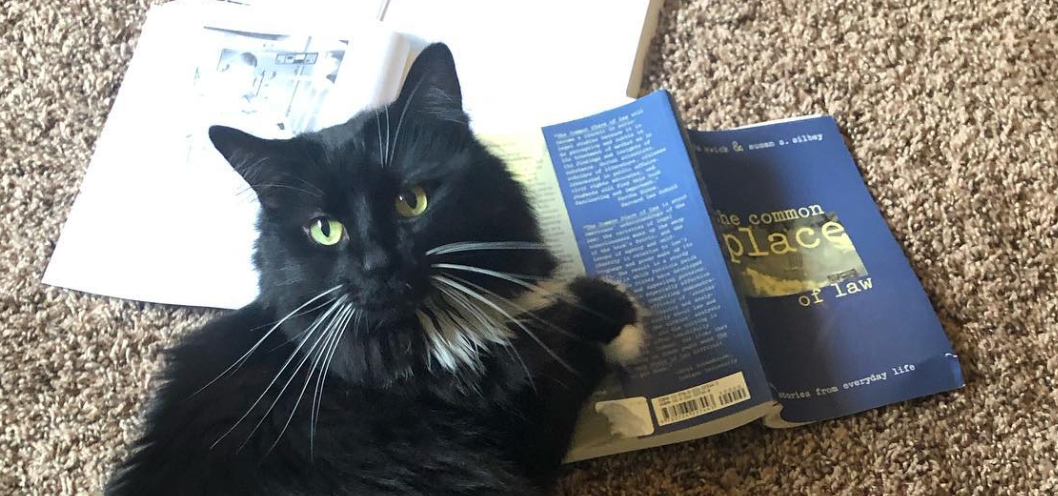|
Introducing: PAL with Pairings! Podcasts are a great way to pack information into a course without overwhelming students with readings. In my own teaching, I found using podcasts was a great way to break up the workload and that students enjoyed mixed media like podcasts and videos. Anecdotally, I found students who might skip or skim academic articles would actually listen to the same topic when presented as a podcast.
If you are interested in teaching with podcasts I've included some lesson plans and project ideas below. Be sure to check back as I add more of the Proofing and Lies archive to the list. |
Civility, Congress, and 2022 Midterm Campaigns
|
Materials:
PAL 45 - Pumpkin Loaf and Midterms with Jennifer Dudley AND The National Archives - Congress and Civility by Design The National Archives provides an overview and worksheets related to congressional civility - the materials are geared toward grades 6-12 but can be adjusted for 100 and 200 level courses by having students identify how members can use civil practices (re: National Archives) to make uncivil remarks (re: Jennifer Dudley). Possible essay questions/short answers include:
|
Demographics, Perceptions, Diversity
|
Materials:
PAL 44 - Earl Grey Tart and Play Along at Home AND YouGovAmerica - From Millionaires to Muslims Have students listen to episode 44 and complete the quiz. Ask them to record: their subgroup estimates, my (Elle's) estimates, survey respondent estimates, and the correct percentages. In class break into groups of 4-5. Have students compare estimates:
|
Mass Incarceration, Solitary Confinement, and Racism
|
Materials:
PAL 43 - Honey Buns and Solitary Confinement with Drs. Hattery and Smith AND For 300-400 level: Exerts from Way Down in the Hole or Who's Really Cycling In and Out or How I Survived a Year in the Hole For 100-200 level: US Sentencing Commission - Key Findings or the racial dot map Ideally students should read exerts or chapters from Way Down in the Hole (table of contents linked here) to better understand the discussion in the podcast BUT alternative pairings can reinforce the information related to prisons as economic development, solitary confinement as a human rights violation, or racism in sentencing Discussion or essay questions for 300-400 level:
|

